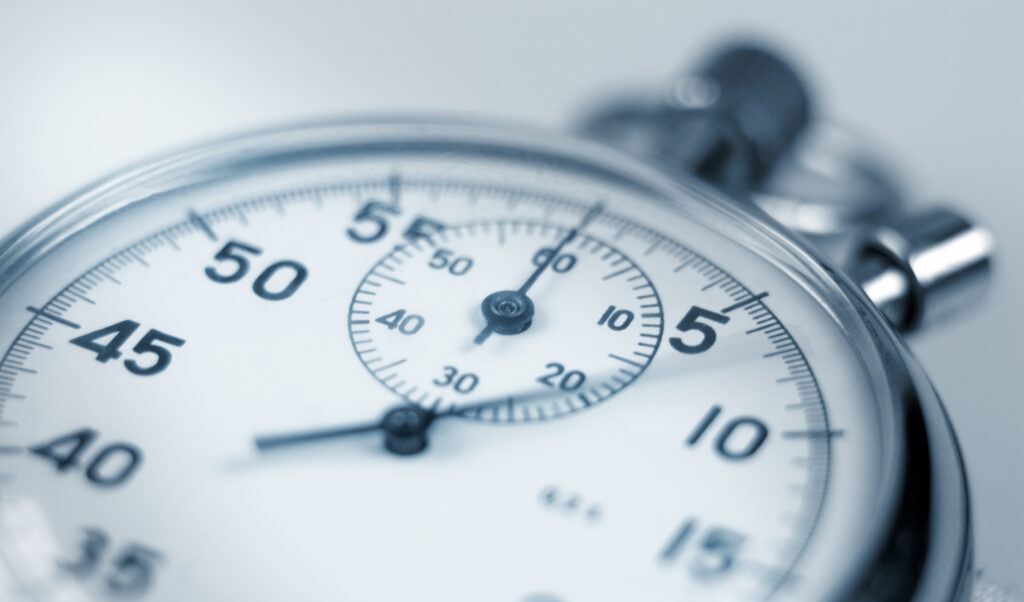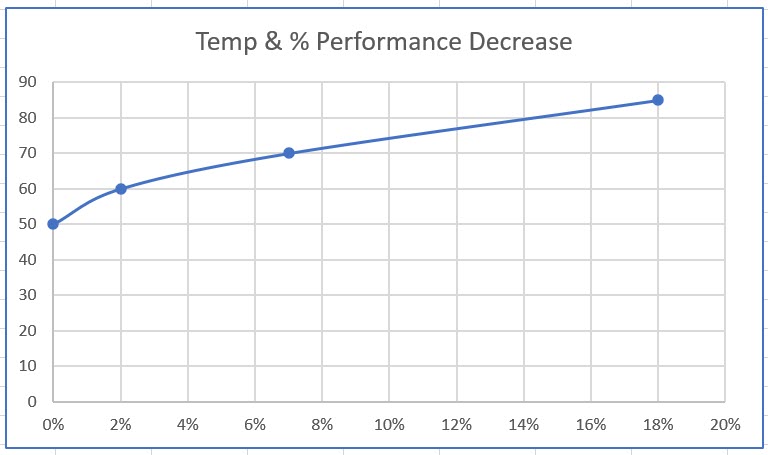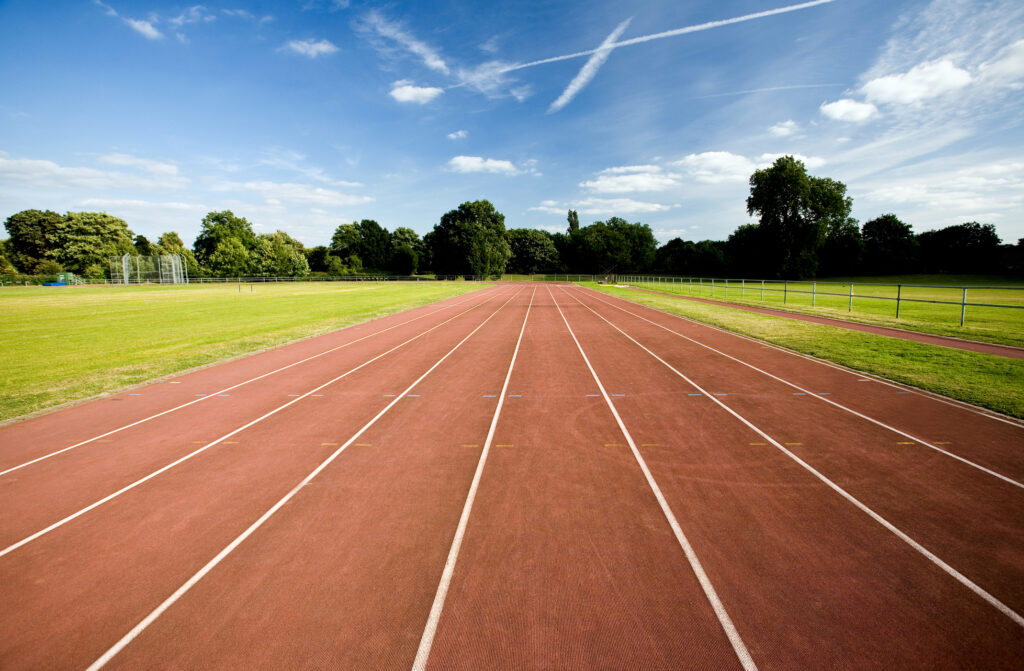
You can run faster instantly by making some slight adjustments on your next run. Studies indicate that some simple changes, if all other factors remain constant, can lead to a better performance.
Most people would like to run faster than they currently do. While you can get better with practice by incorporating speedwork and strength training, studies show there are some things that can help you run faster right now. While you won’t be shaving minutes of your next mile, seeing some progress may provide the encouragement you need to stick with your running routine and crush your next workout. We are capable of more than we think, why not try one or more of the following tips to tap into those unknown reserves.
Listening to Music can improve Running Performance
Studies indicate that listening to music can boost exercise performance, including running. There has been plenty of scientific research on the effect of music on exercise which you have likely experienced personally. Music has the ability affect our mood, motivating and inspiring us for running our best. Beyond that, a good tune gets us moving in the best, most powerful way possible while making us feel great. Why not put this automatic response to work for you on your next run.
Studies also indicate that faster tempo music (over 100 beats per minute) leads to faster times and higher heart rates. During your next timed run, make sure the music tempo is fast and motivating. From personal experience, it’s best to go with a playlist you know will put you in a good mood and inspire you to move fast.
As an interesting fact, Haile Gebrselassie breaks world record running to the 1994 song “I’m a Scatman” with a tempo slightly faster than his normal running pace.
For additional motivation check out this study: How Does Music Aid 5 km of Running? : The Journal of Strength & Conditioning Research (lww.com)
Run when the weather is most ideal
It may not come as a surprise that the weather, especially temperature, can impact running performance. We have little control over the weather each day, but we do have some control over when we choose to run. If possible, choose the part of the day with the most ideal temperatures for running. According to studies, between 44° F and 59° F seems to be the sweet spot for optimal performance with performance decreasing as temperatures rise over 60° F.
Besides the air temperature, there is also the effect of humidity to consider. Higher humidity levels prevent sweat from evaporating, raising your body temperature even more. Running produces a lot of heat and your body will slow down. Heat and humidity combined can make running your best much more difficult. Try and schedule runs during the coolest part of the day during the summer, especially when compared to your last timed run for a better performance.
The extent temperature affects running pace can vary greatly depending on the person. Below is a graph of average decreases across all ages and gender to illustrate the impact running in cooler temperatures can have on running performance.

For additional information on studies of weather on running performance: The role of weather conditions on running performance in the Boston Marathon from 1972 to 2018 | PLOS ONE
Run on a track
While it may not be as convenient as going for a run out your front door, a track would provide the most ideal surface for running a new PR. Studies indicate that compliant, resilient surfaces (like a track) maximize running efficiency.

During running, the body acts like a giant spring. On harder surfaces, like asphalt, our bodies soften up to counteract the hard surface under the feet. On softer surfaces, like a track, our bodies stiffen up to compensate for the surface. This stiffening up actually leads to better efficiency when the softer surface bounces back well (sand being an example of a softer surface that does not bounce back).
When deciding between an outdoor track vs an indoor track there are a few things to consider. As mentioned earlier, heat and humidity can adversely affect running performance so an indoor track may seem like the ideal option. However, keep in mind that indoor tracks tend to be smaller than outdoor tracks. This means there is an increase in turns to cover the same distance and these turns are likely tighter which can slow down momentum. Overall, except for extreme temperatures, outdoor track are usually preferred over indoor ones for faster performance.
Additional information on studies complied: It pays be to be compliant: the physics of indoor track and “optimal” surfaces — GB (geoffreyburns.com)
Warm up and include some stretching
A proper warm up can significantly improve your running performance. It has long been known that a warm-up is essential for achieving optimal performance, besides reducing the risk of injury. Taking 10-15 minutes gets your heart and body in sync while increasing focus and alertness. Elite athletes normally warm up much longer before competition, so there is no hard and fast rule on how long your warm-up should be.

To maximize the benefits of the warm-up, be sure to include some stretching after a few minutes of light aerobic activity. Studies indicate that including a few minutes of static or dynamic stretching improved running economy while decreasing the rate of perceived exertion. Many prefer dynamic stretching to static stretching as it tends to keep the heart rate elevated while promoting muscles contractility. Be sure to Include some high knees and heel kicks to help activate the quads, glutes, and hamstring which are key muscles for running your best.
Additional information on studies: The Effect of Static and Dynamic Stretching during Warm-Up on Running Economy and Perception of Effort in Recreational Endurance Runners – PMC (nih.gov)
In addition to the above, proper rest, hydration, and good nutrition can also affect running performance. A healthy lifestyle and one or a few of the above tips should help you shave some time off your next run.